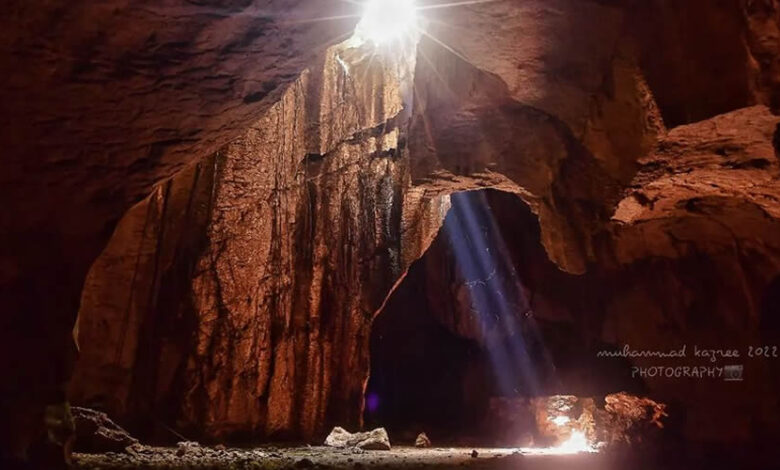
The Pin Supu Forest Reserve in Kinabatangan, Sabah, has achieved a historic milestone by becoming Malaysia’s first terrestrial site to be recognized on the IUCN Green List of Protected and Conserved Areas.
According to Borneo Post, this global accolade from the International Union for Conservation of Nature (IUCN) signifies excellence in conservation and protected area management.
The reserve is a testament to a successful partnership between the Sabah Forestry Department (SFD) and KOPEL Berhad, a community-based cooperative.
This collaborative management approach has yielded significant positive impacts, fostering nature-based tourism, directly benefiting local communities, and championing sustainable forest management practices.
Chief Conservator of Forests, Datuk Frederick Kugan was quoted as saying that this recognition puts Pin Supu Forest Reserve as among the world’s best-managed and most effectively governed protected areas.
It is understood that the process to get the forest reserve listed in IUCN Green List started back in 2021.
Pin Supu Forest Reserve is a Class VI Virgin Forest Reserve, encompassing 4,620 hectares.
News source: Borneo Post | Image source: Muhammad Kaznee
About Pin Supu Forest Reserve
The Pin Supu Forest Reserve (PSFR), located in Kinabatangan, Sabah, Malaysia, is a vital 4,620-hectare Class VI – Virgin Jungle Reserve.
It’s renowned for its exceptional biodiversity, encompassing seven distinct forest types like lowland mixed dipterocarp and freshwater swamp forests.
PSFR acts as a crucial wildlife corridor within the Kinabatangan Corridor of Life, providing essential habitats and migration paths for diverse wildlife. Beyond its ecological significance, the reserve holds considerable cultural and archaeological importance, with the Supu Caves serving as ancient burial sites where artifacts dating back 500 to 900 years have been discovered.
About IUCN Green List
The IUCN Green List is a global standard and certification program for protected and conserved areas.
It recognizes sites that achieve successful, equitable, and effective nature conservation outcomes. Unlike the Red List, which focuses on extinction risk for species, the Green List measures and promotes good performance in protected area management.
Sites are evaluated against rigorous criteria across four components: good governance, sound design and planning, effective management, and successful conservation outcomes. This framework helps improve conservation practices and highlights areas that genuinely contribute to biodiversity protection and sustainable development.





